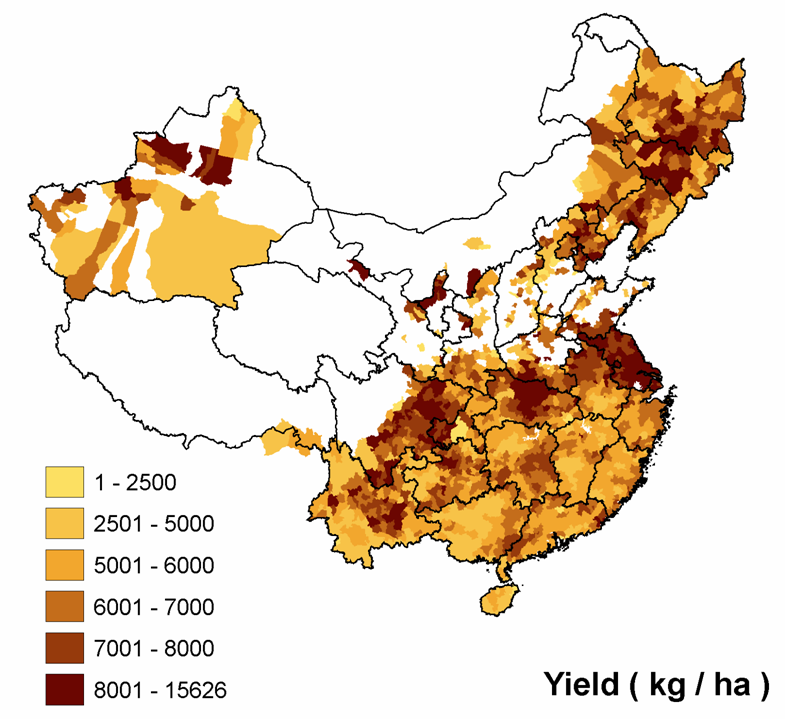
Remember Jeremy has an omnibus post about Chinese agrobiodiversity.
Agricultural Biodiversity Weblog
Agrobiodiversity is crops, livestock, foodways, microbes, pollinators, wild relatives …

Remember Jeremy has an omnibus post about Chinese agrobiodiversity.
Aussies breed salt-tolerant wheat.
Crops can benefit from the introgression of genes from their wild relatives, but what about the other way around? Is the survival of crop wild relatives jeopardized by the “genetic pollution” caused by hybridization with the cultigen? A paper just out in the Journal of Applied Biology takes an experimental and modeling approach to answering this question 2.
The researchers monitored the germination, survival and seed-set of hybrids between wild (Lactuca serriola) and cultivated lettuce (L. sativa). The overall fitness of hybrids was higher than that of the “unpolluted” wild relative in the first couple of generations, but as those hybrids were selfed and backcrossed, their fitness decreased. These data were then entered into a model, to see what would happen over time to a L. serriola population exposed to geneflow from the cultigen. What happens is that the wild relative can indeed be completely displaced by hybrids, but that is not a foregone conclusion, and in any case displacement, if it takes place, will not be as rapid as predicted by previous models which did not take into account the breakdown in heterosis.
So genetic pollution does pose a real threat to crop wild relatives in the field 3, but perhaps not as great as some have suggested. And in any case we now seem to have a model that can be used to assess the risk of genetic pollution, including by transgenes.
Scotland has published figures on trends in a set of biodiversity indicators developed by the Scottish Biodiversity Forum. The indicator of “vascular plant diversity” does include consideration of agricultural landscapes: “although not statistically significant, the survey pointed to possible declines among already low numbers of wild plants present” on arable and horticultural land. Otters are doing better, however, which is good. But what about native livestock breeds, crop wild relatives, landraces? There doesn’t seem to be anything about agrobiodiversity in these indicators. Of course. Pity.
Upgrade of Mughal road endangers markhor.